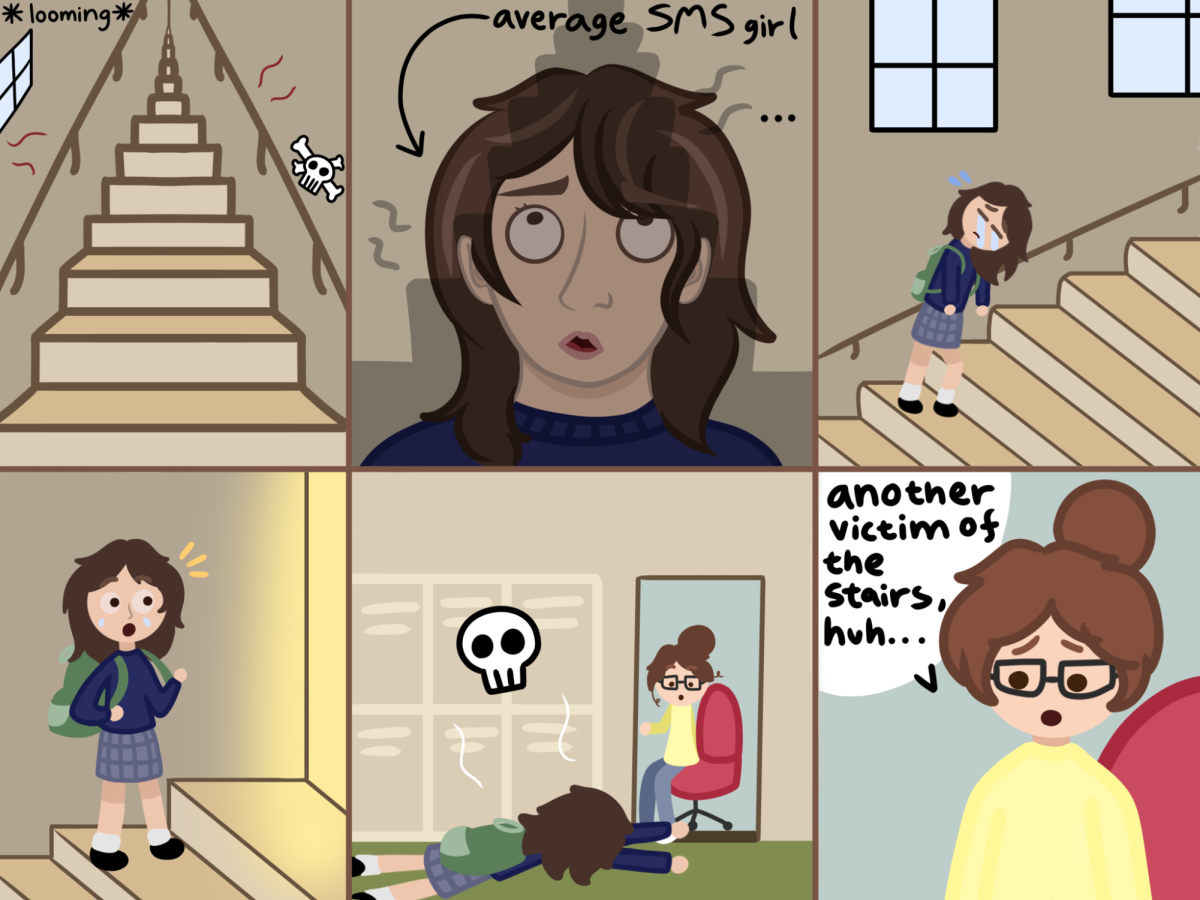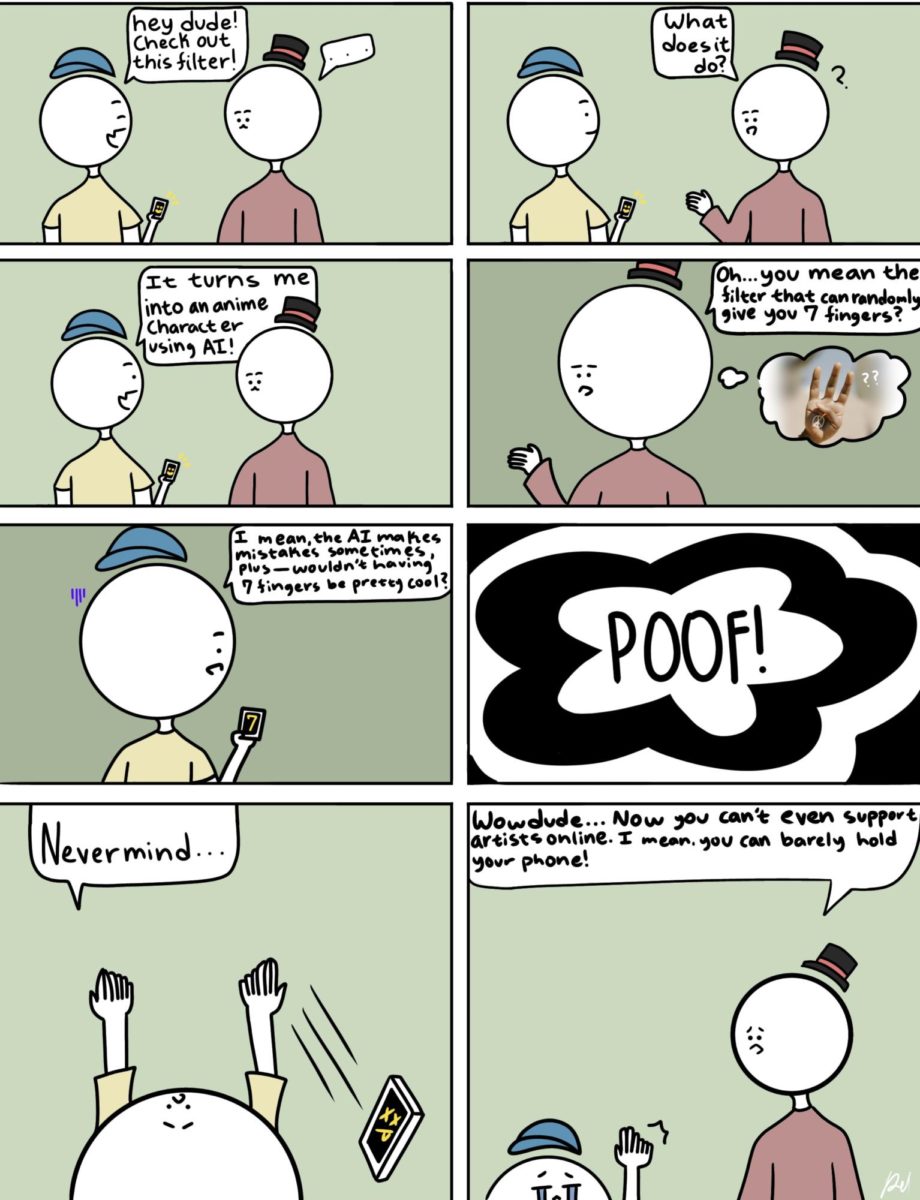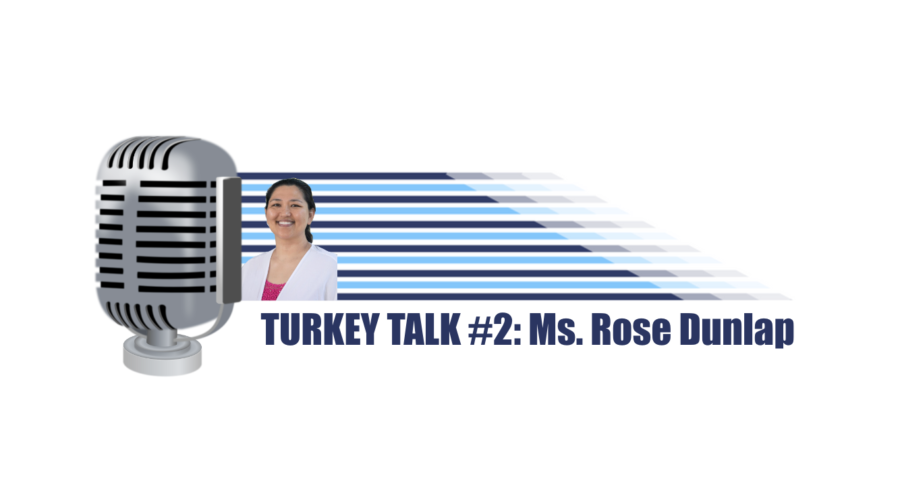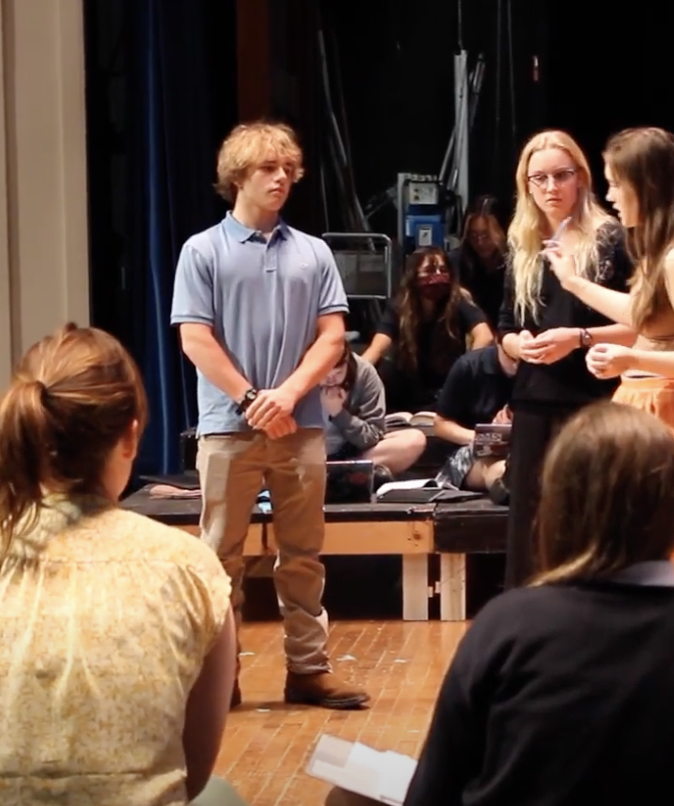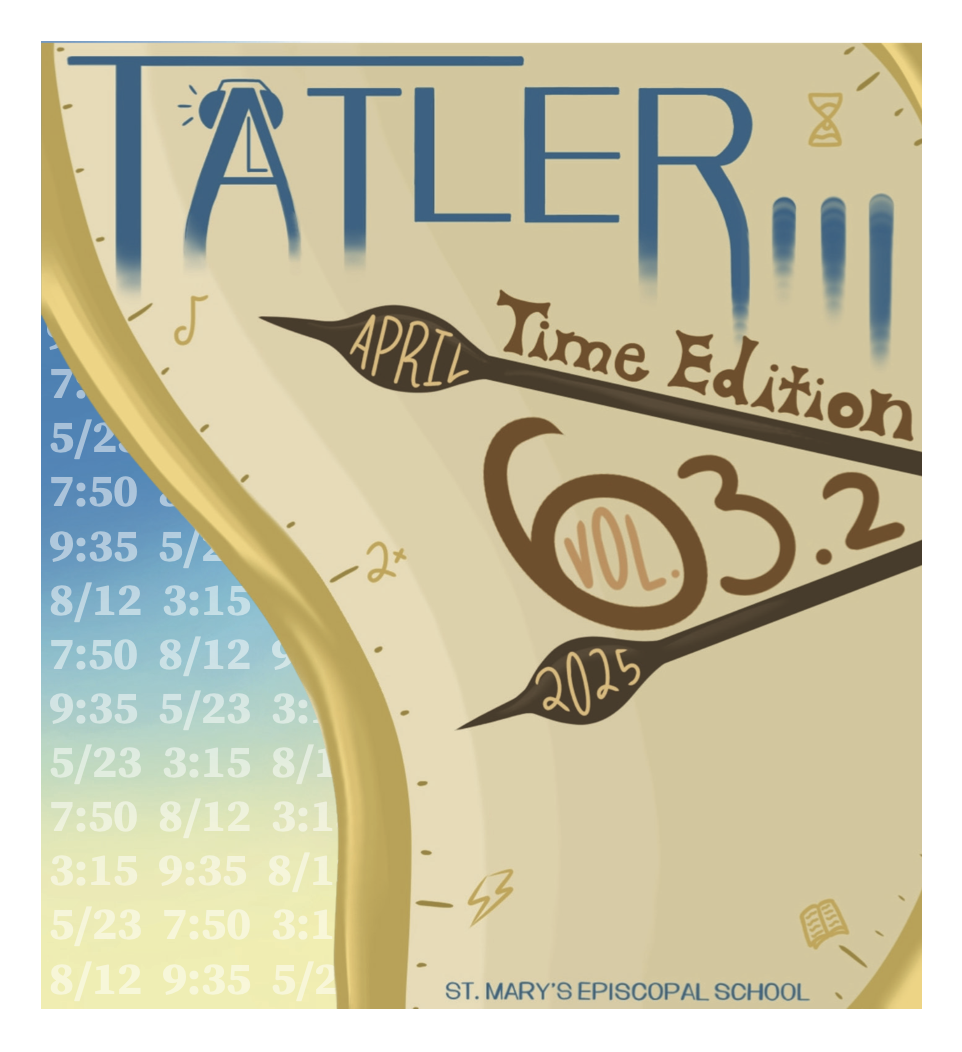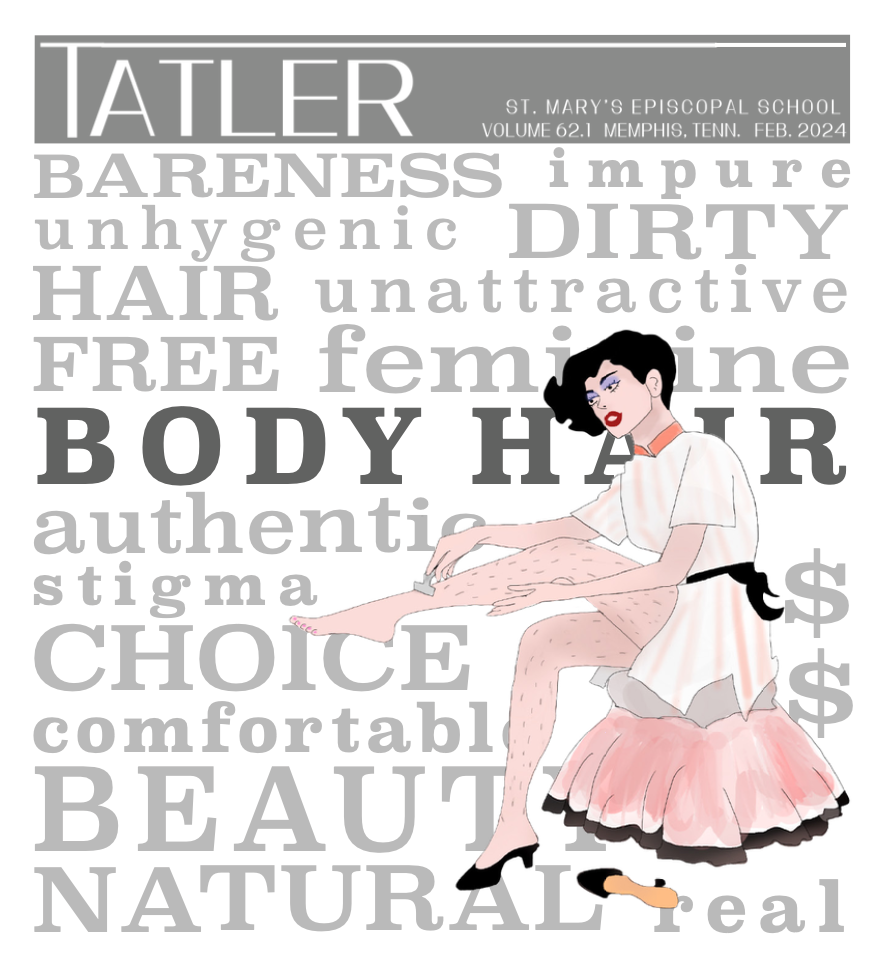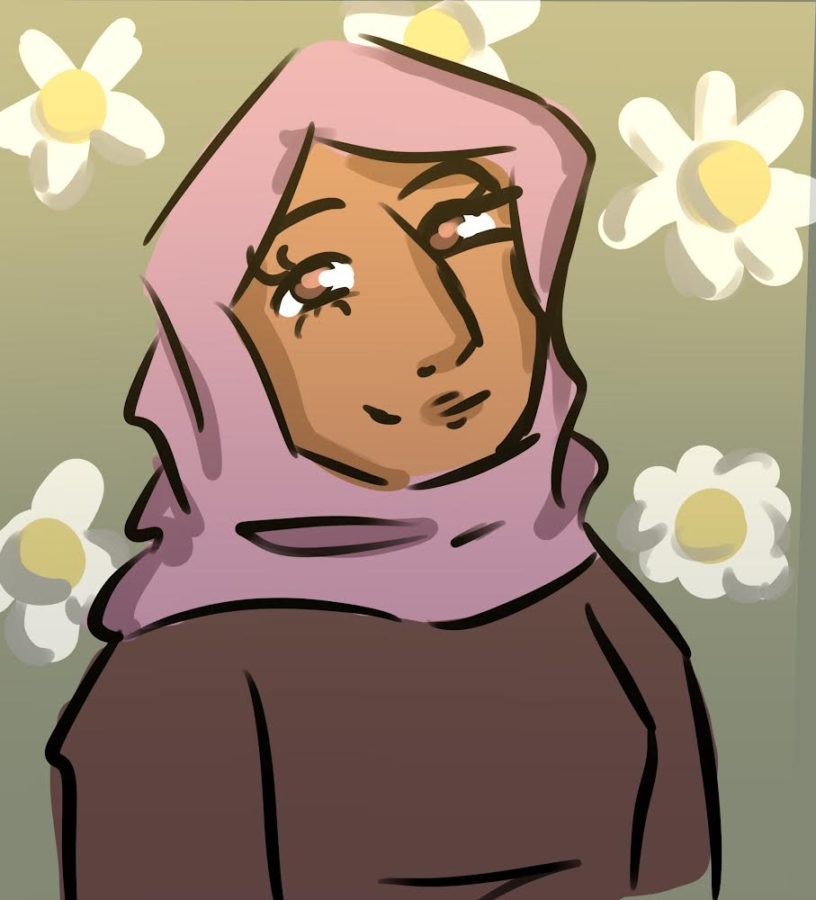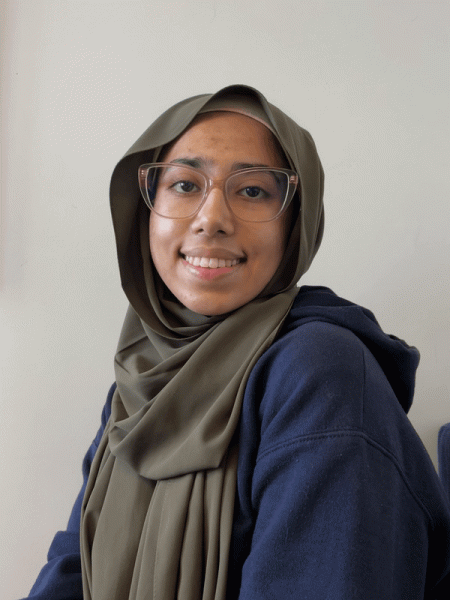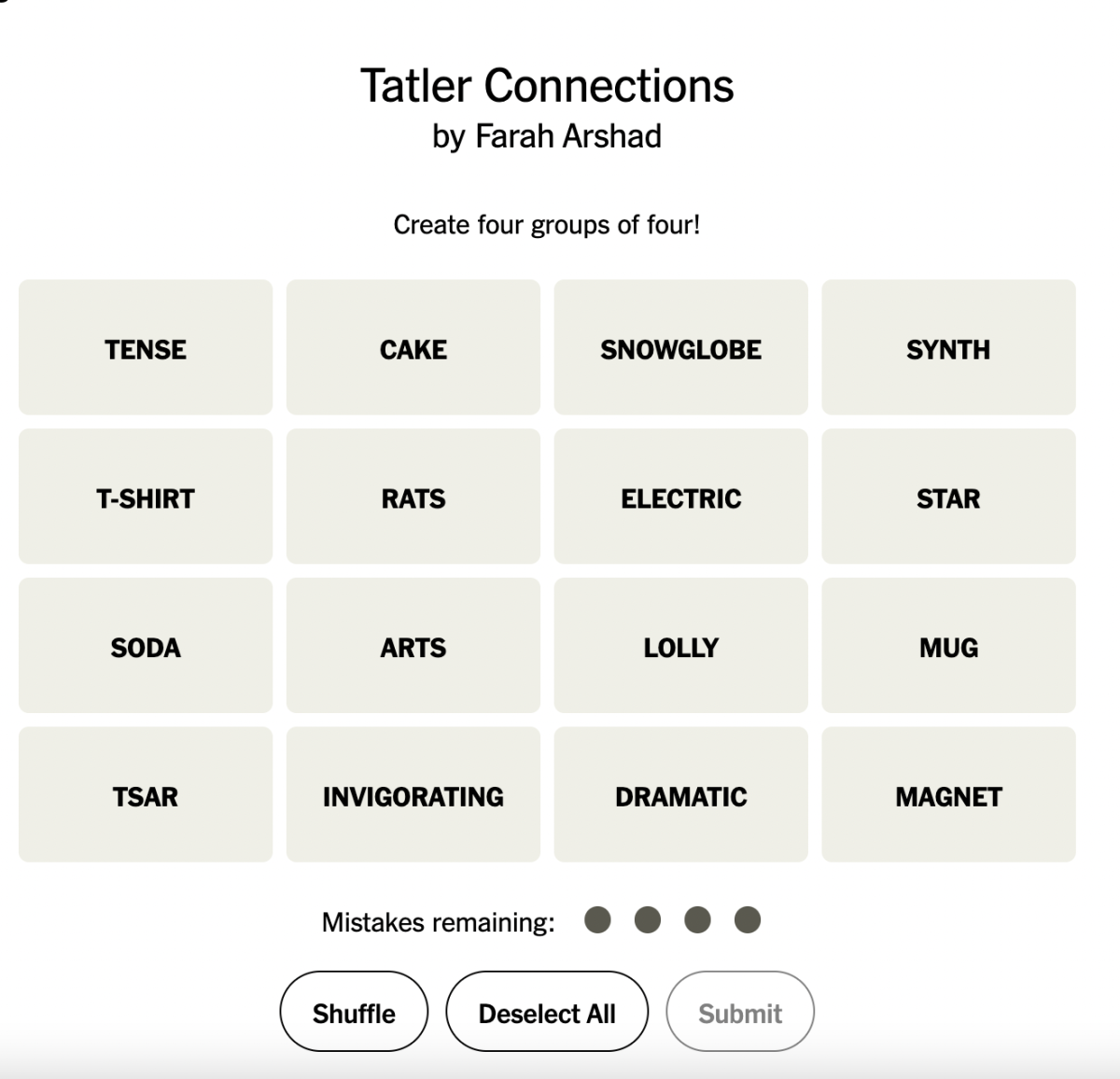The fundamental right to wear the hijab
When Muslim girls reach a certain age, they get to choose whether or not they want to wear a head covering called a hijab.
April 25, 2023
“Did your parents make you wear that?”
That’s a common question I got after I started to wear the hijab right before seventh grade. People thought I would only wear it if I was forced to by my parents, as if the hijab is something no one would ever wear willingly.
I would reply with a “no,” but people expected something more to justify it.
So here’s a more complete answer. At first, I wore it because it was normal for me. My mother and aunts wear it, so it was expected that I would do the same. Also, I accepted that my religion required it.
But saying that God commanded me to wear it was not a good enough reason for the questioners.
Neither was modesty. From the look on their faces, I could tell that they were thinking, “It’s the 21st century. Women do not need to dress that modestly, as if they are from the 19th century.”
That same mindset, that no women would wear the hijab willingly, is in part a product of how the media portrays the hijab.
The term hijab is most commonly used to refer to the headcovering that many Muslim women wear. However, in Islam, the head covering is just the most noticeable part of hijab. The word actually refers to the concept of modesty for both Muslim men and women.
Female headcoverings are not unique to the Islamic faith. According to CNN, the headscarf was mandatory for women in Mesopotamian civilizations as a symbol of piety. Early Christian and Jewish people wore the scarf as mandated by their sacred texts. Today, some conservative sects of both Christianity and Judaism continue wearing the headscarf as a religious practice.
Headcoverings are connected to multiple different religions, but the hijabs worn by Muslim women draw the most attention.
This has become especially apparent since protests erupted in Iran in September of last year after the death of Mahsa Amini.
In September of 2022, Iranian morality police took 22-year-old Mahsa Amini into custody. Three days later, she died in a coma. The morality police, who enforce Iran’s hijab mandate of 1983 on all women, reported that they apprehended Amini because her hijab did not fit legal requirements, according to CNN. Though a coroner later reported that Amini died of health complications, and police denied allegations that Amini was beaten, women took to the streets over Amini’s family’s reports and pictures of her in the hospital. Protests included women burning their hijabs.
These protests gained worldwide attention.
TIME magazine nominated Iranian women as heroes of 2022. In Dec. 2022, Iran was banned from the United Nations Commission on the Status of Women because the country did not practice gender equality. US Special Envoy for Iran Robert Malley immediately tweeted after Amini’s death that Iran must “end its improper violence against women for exercising their fundamental rights.”
But at the same time that women were protesting were happening in Iran, Indian supreme court cases debated banning hijabs in Indian schools because their own interpretations of Islam led them to think that the hijab is “unnecessary” to the religion, encouraging the protests of Muslim Indian women. In some lower courts of India, the hijab ban has been put in place.
As of 2021, companies in European Union countries are allowed to ban the hijab and other forms including the face covering (niqab) in their workspace.
In 2004, France banned the hijab in public schools and has taken steps towards banning the hijab from sports. The niqab has been banned in all French public spaces since 2021.
Even though there are different reasons, the actions taken against the hijab achieve the same end goal that hijab mandate achieve – controlling Muslim women.
Yet there has been more media coverage of the Iranian protests than of events happening simultaneously in Europe and India. Most people in our community are aware of the events in Iran and the bravery of Iranian women but have no clue about the hijab’s status in the rest of the world.
Only the women who protest against the enforcement of hijab were made heroes.
When we only present one of the stories about the hijab, the one where an oppressive government forces women to wear it, we encourage the world to see the hijab itself as oppressive.
But I see it as a part of feminism.
I do not wear the hijab because I was forced to or because I just want to be modest. I wear it so that people know that I am a Muslim woman. When you see me wearing the hijab, know that I wear it to recognize rights that Islam has given me from the religion’s very beginning.
Muslim women have always had the right to divorce, to own property even during marriage and are encouraged to keep their maiden name after marriage to keep autonomy.
Islam granting female rights is what the hijab represents to me.
Islam is not a sexist religion, but groups such as the Taliban and the Iranian government can make it seem that way by being religious extremists. Western countries promote this notion and encourage Islamophobia by only focusing on those groups.
Individuals do not always accurately reflect the values of their religion.You can’t always judge a religion by the people who claim to follow it.
I am not disregarding the violence and oppression that is happening in Iran. Instead, I am pointing out that this oppression goes both ways. In Iran, women are being controlled and forced to practice their religion a certain way, but isn’t the same thing happening in Western countries? Women who wish to practice Islam by wearing a headcovering are forced to change how they practice their faith.
The world sees the right to take off the hijab as a “fundamental right,” but forget that the right to wear it deserves equal status.


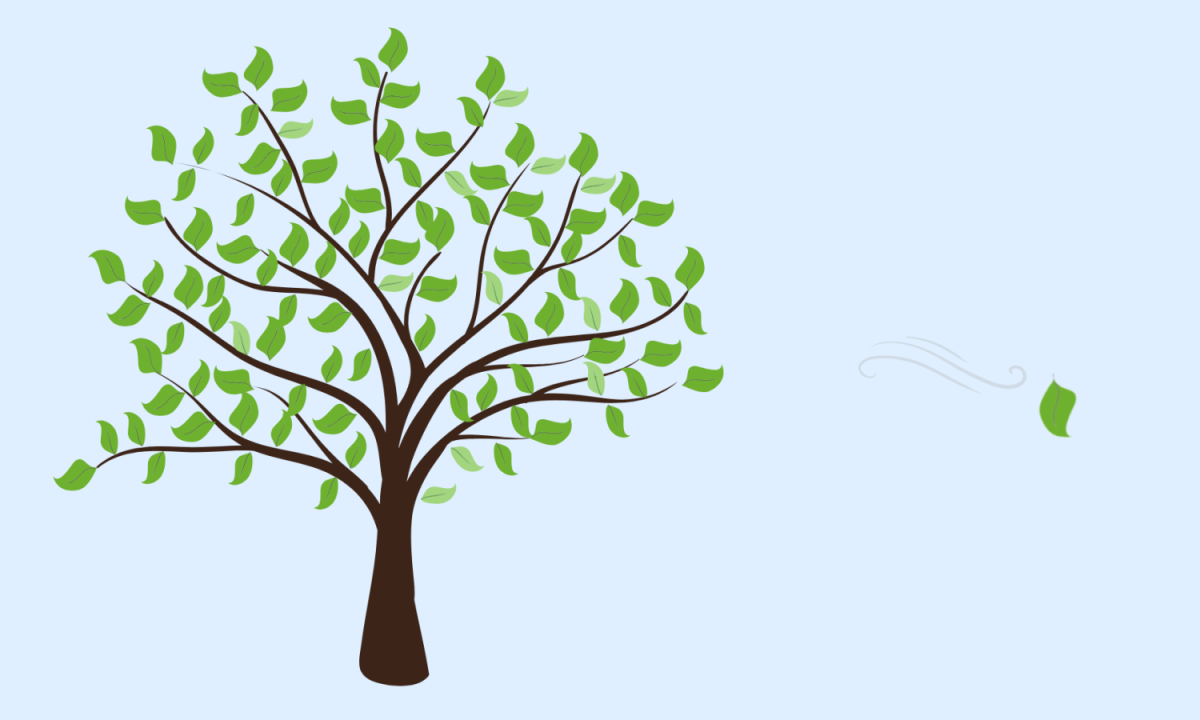
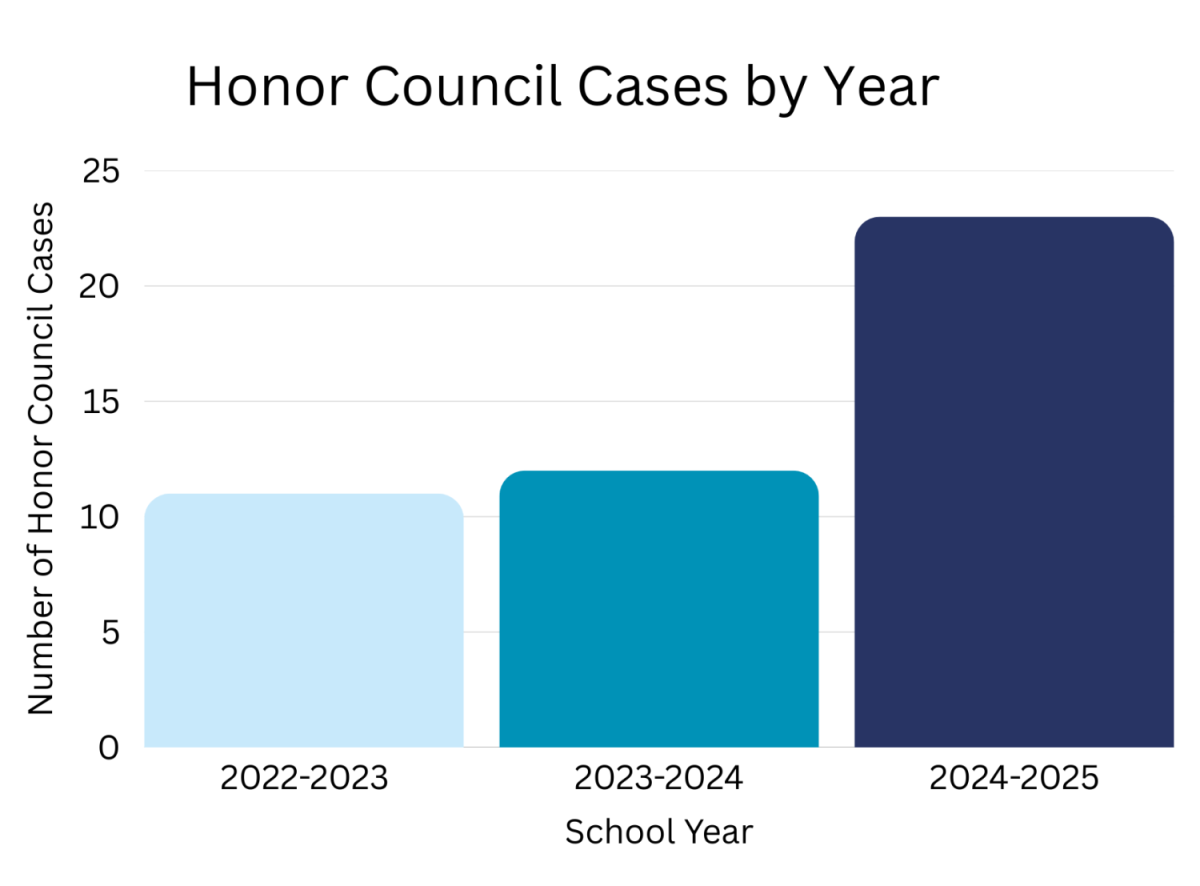

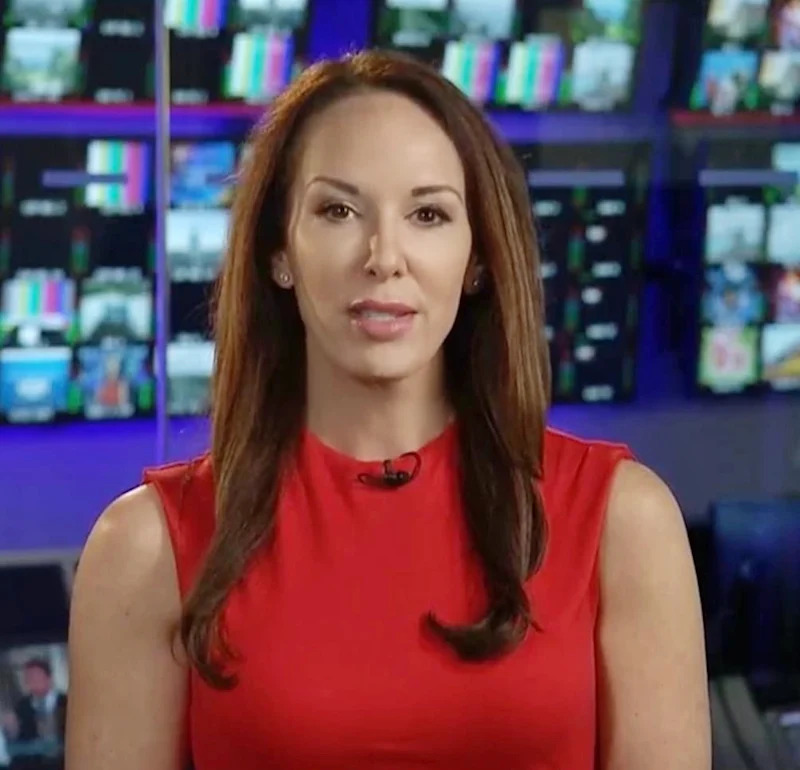



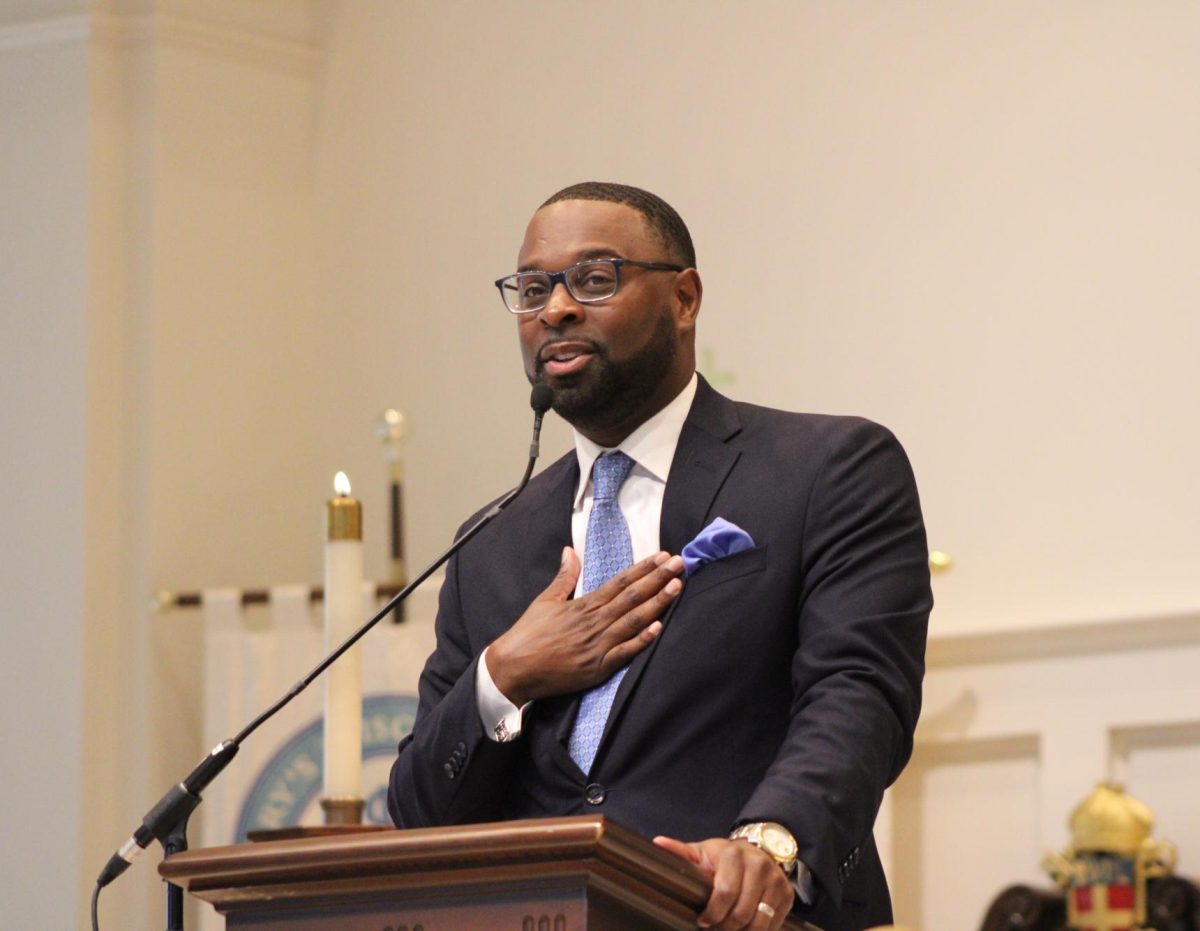
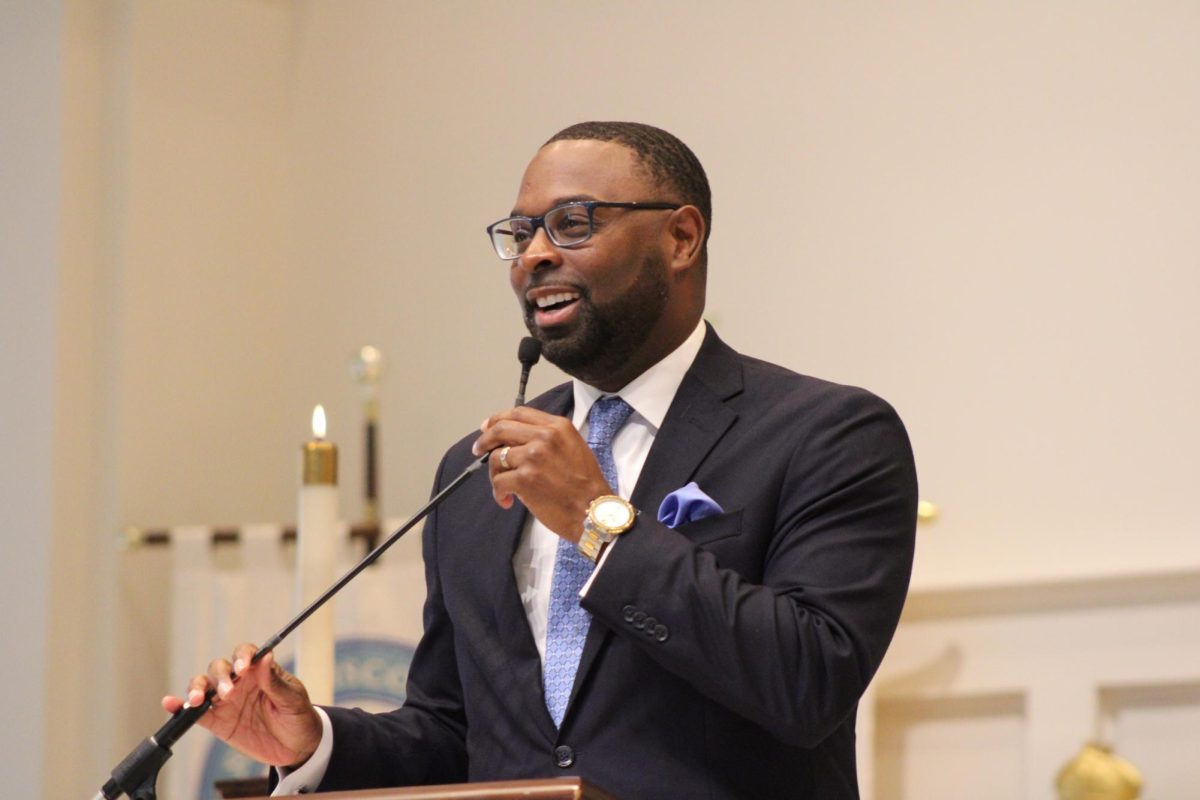
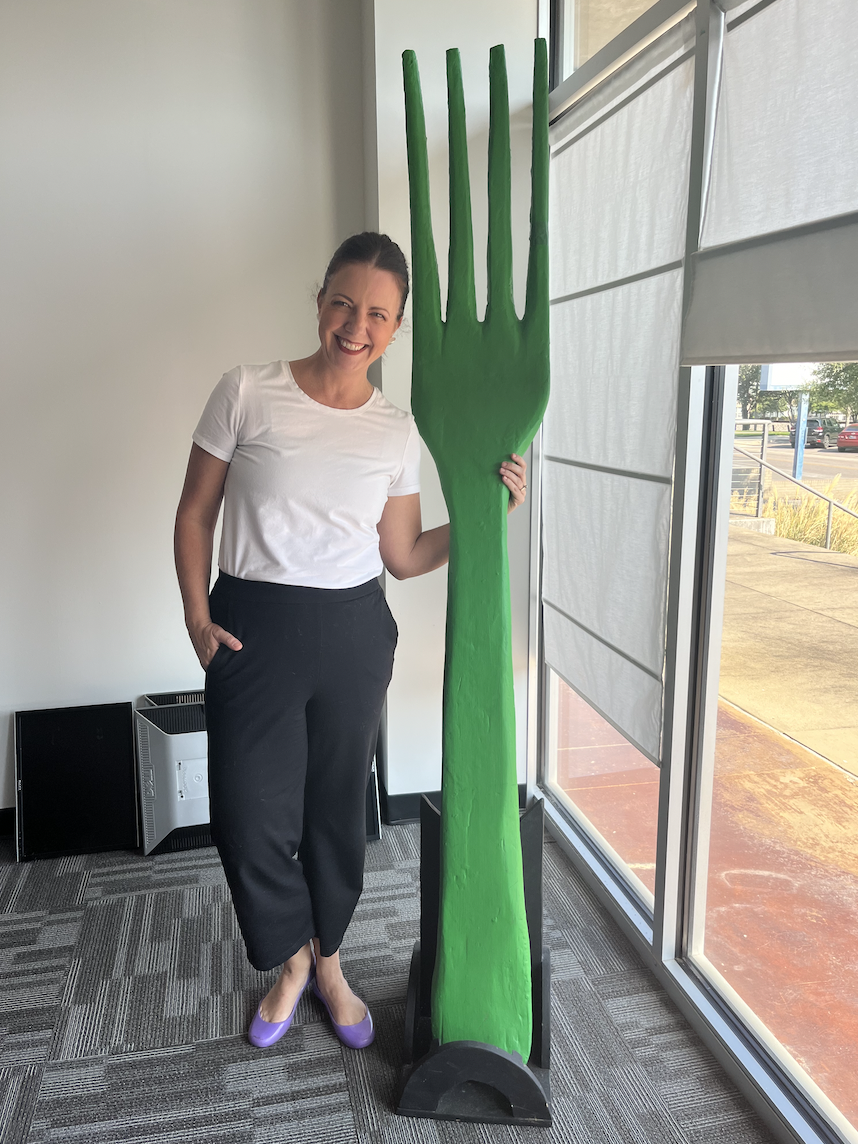
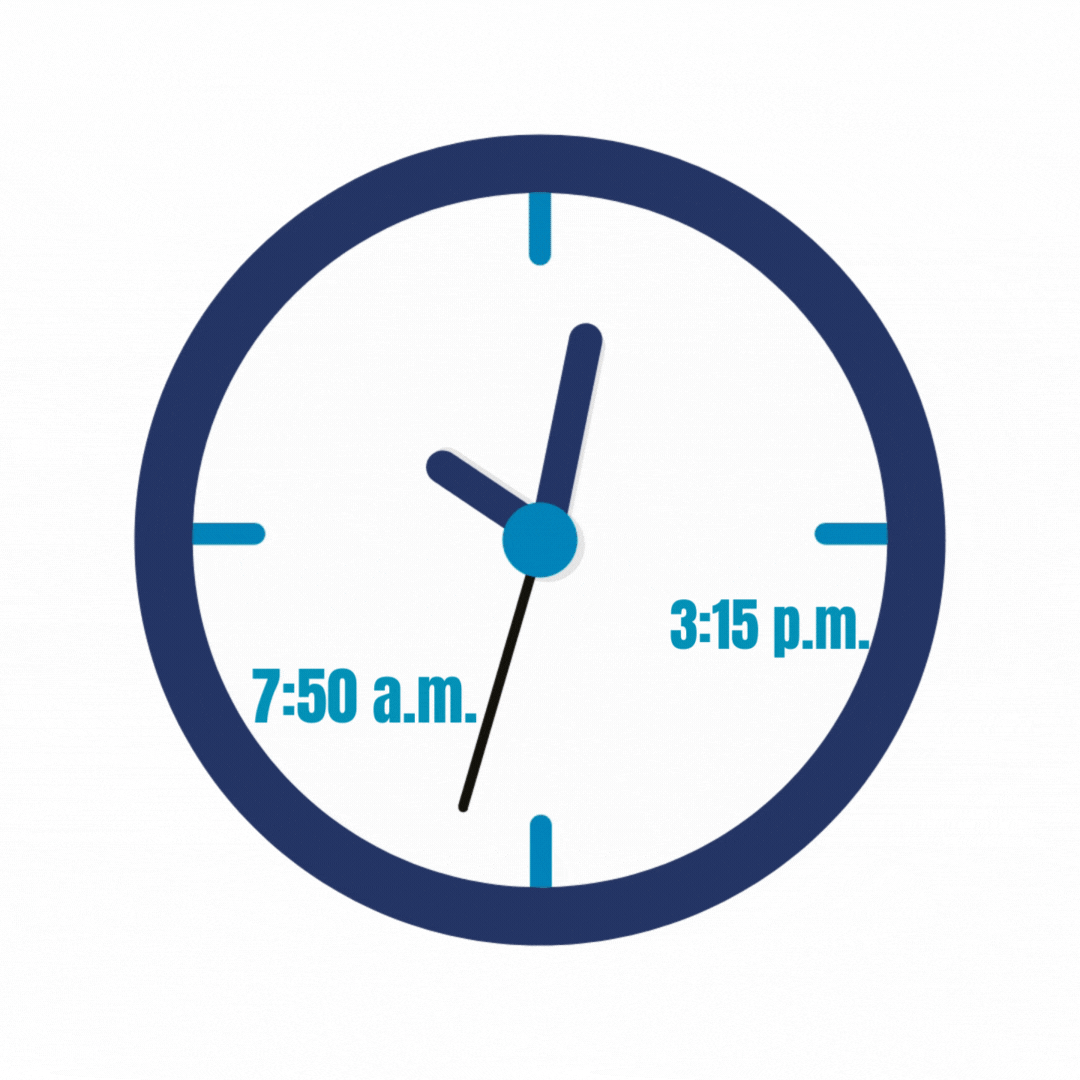
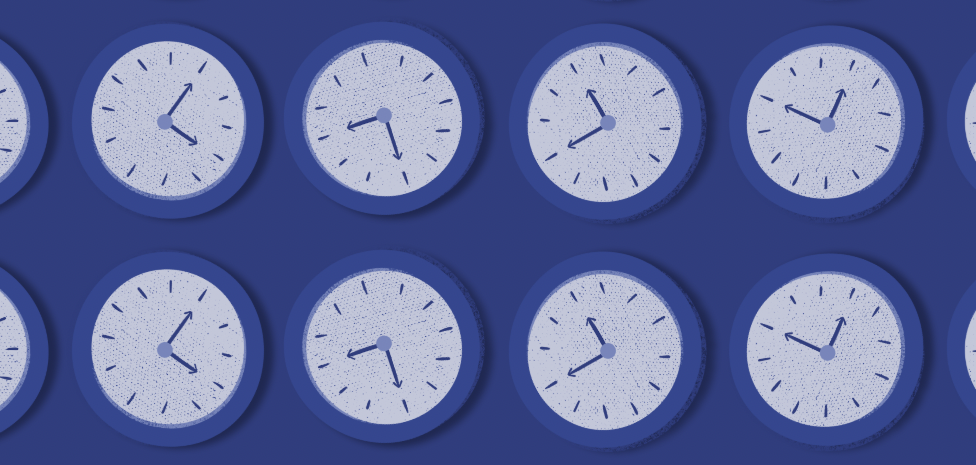


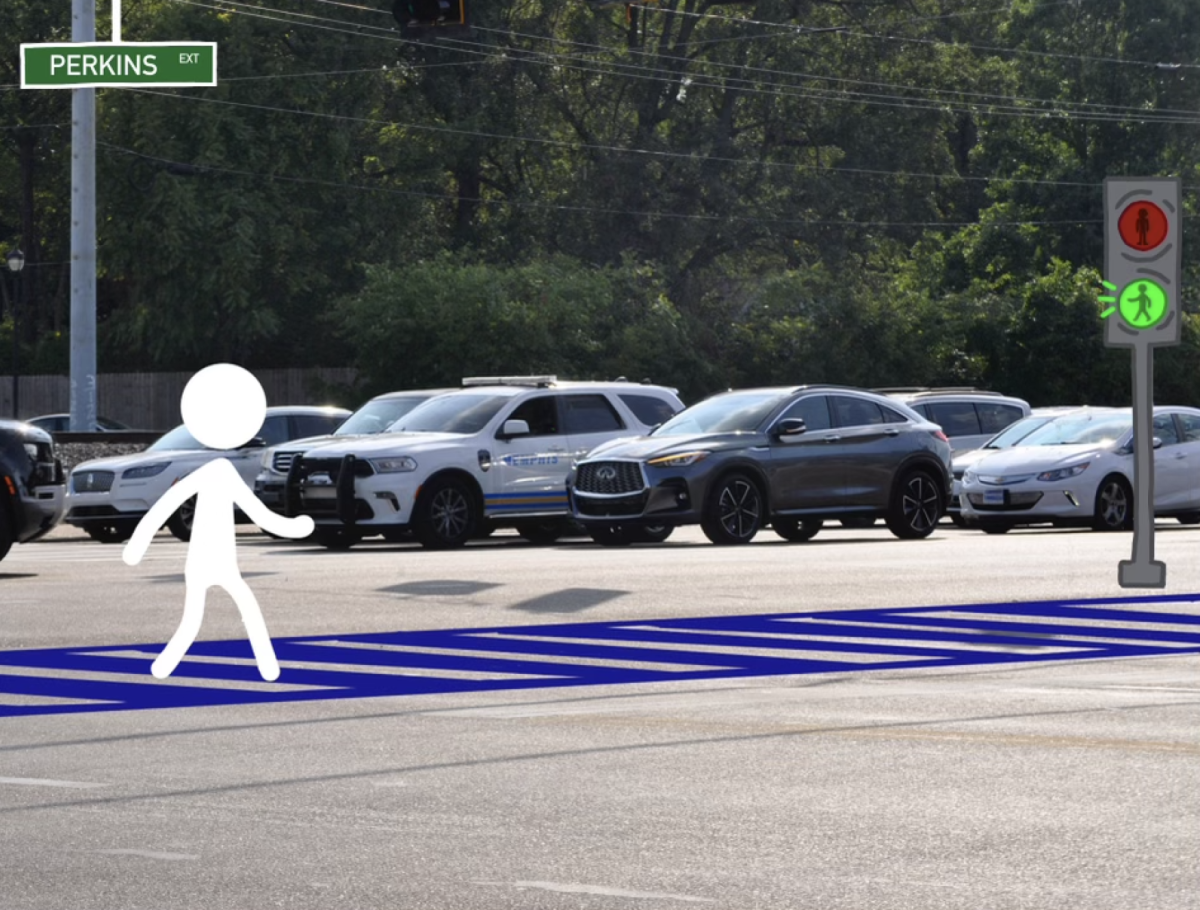
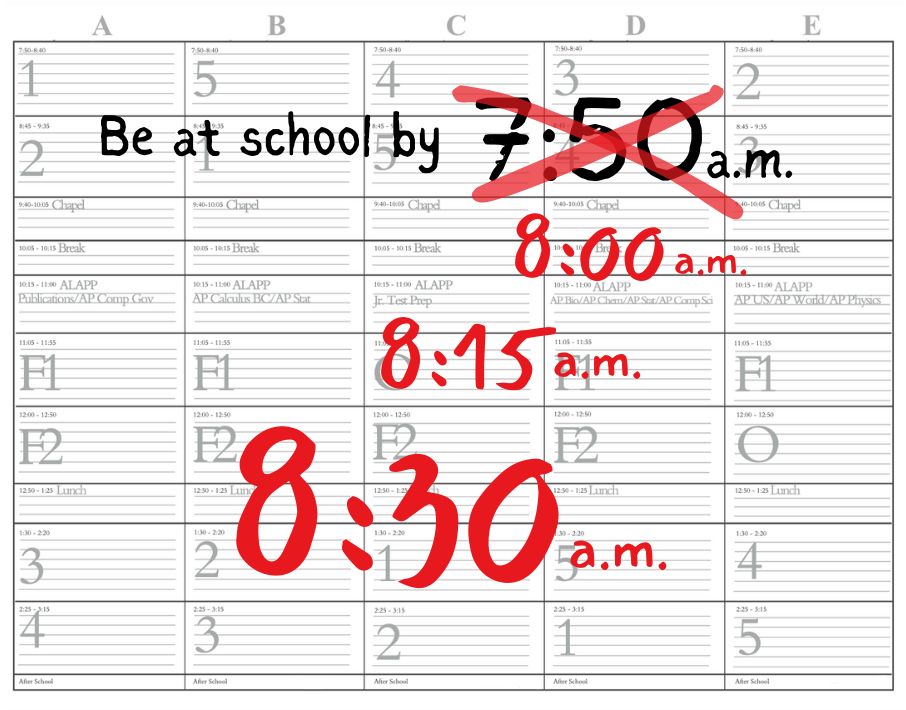
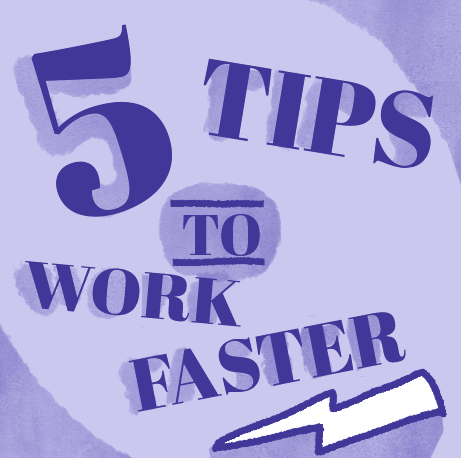
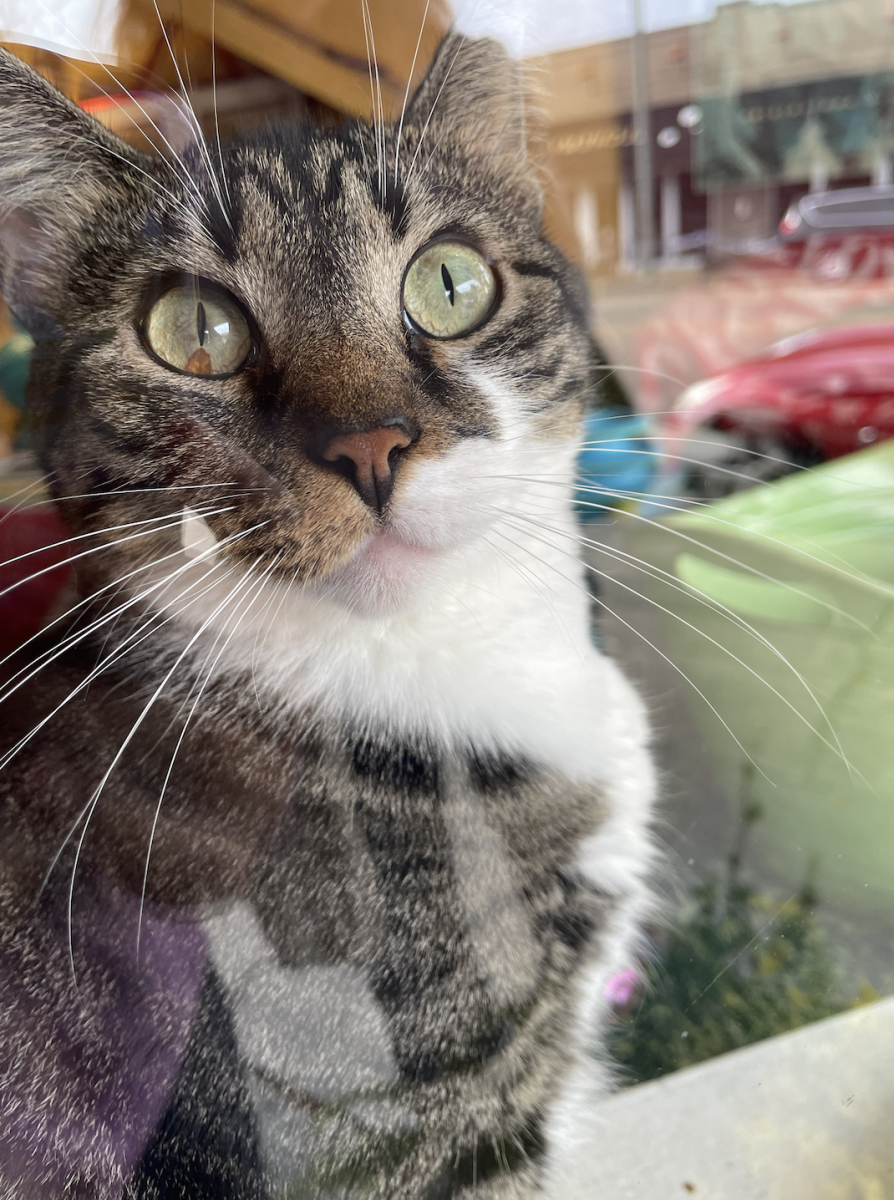


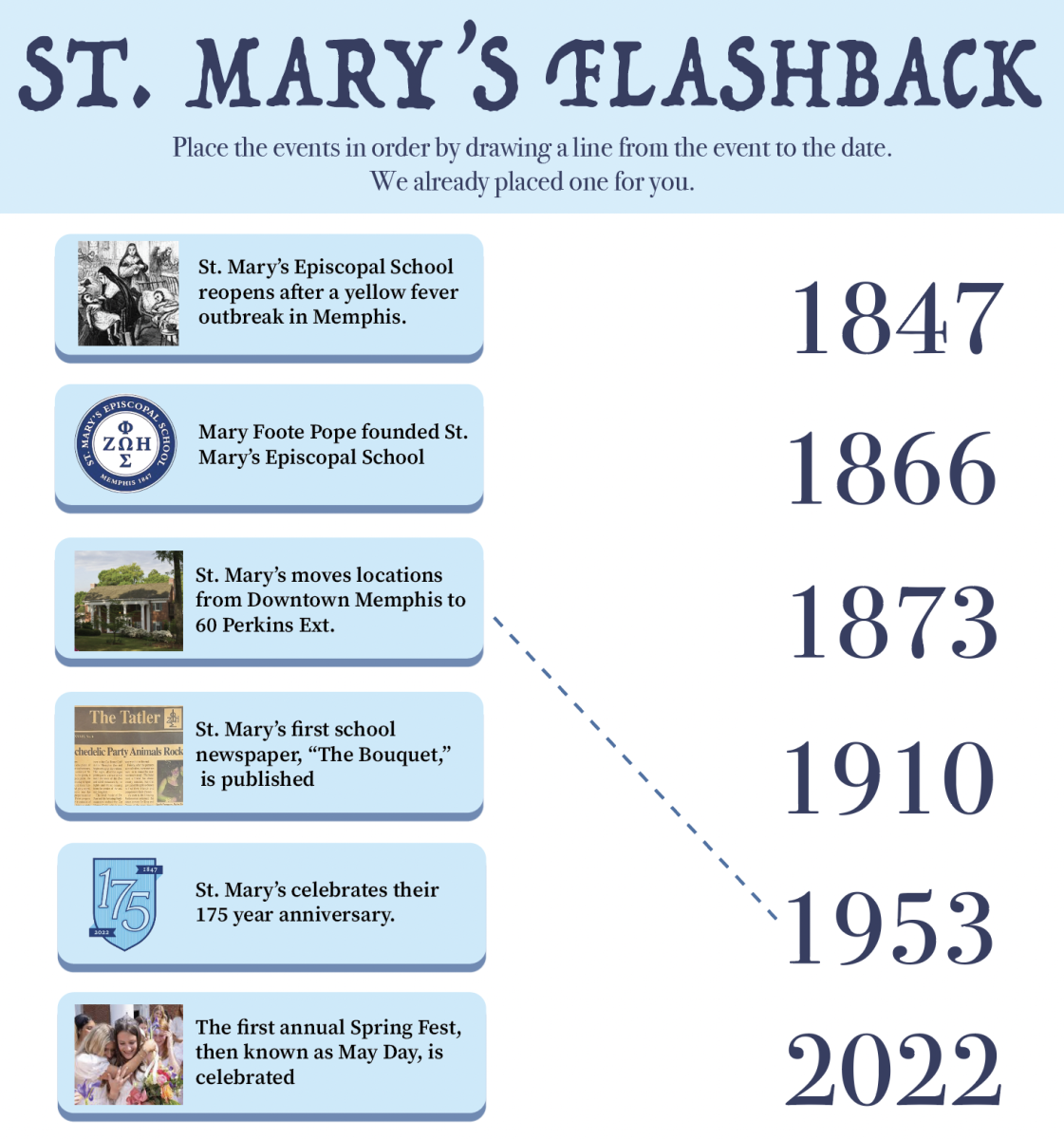

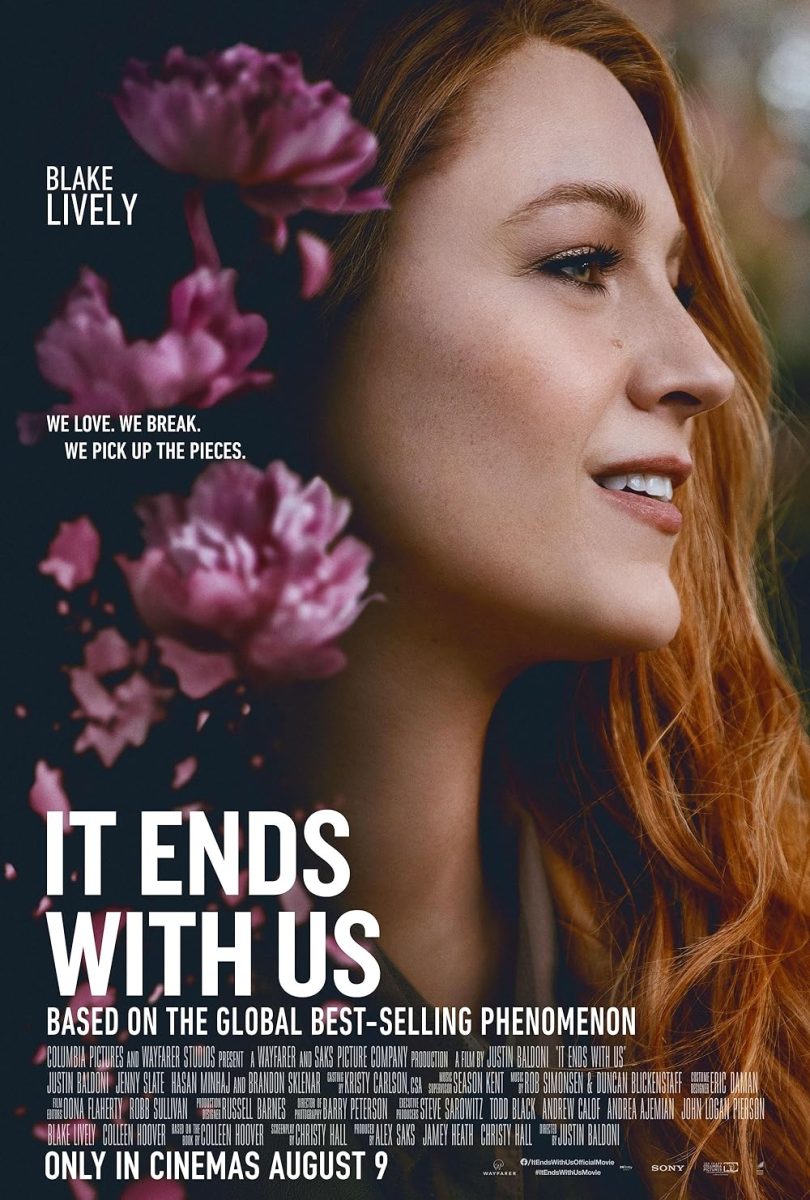

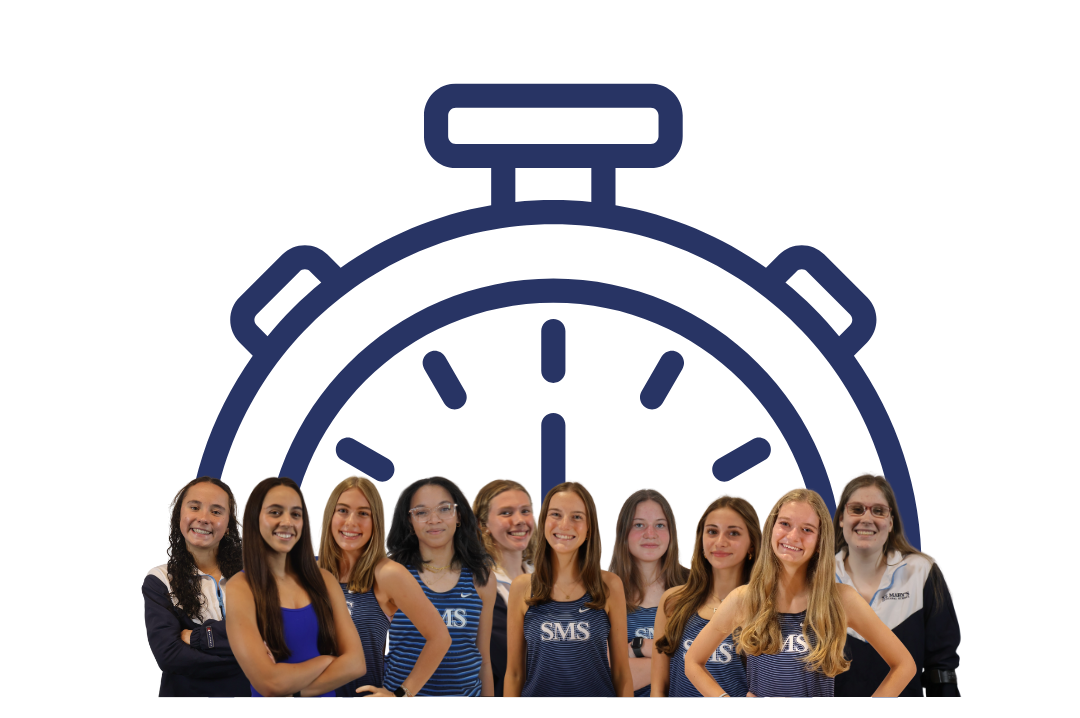


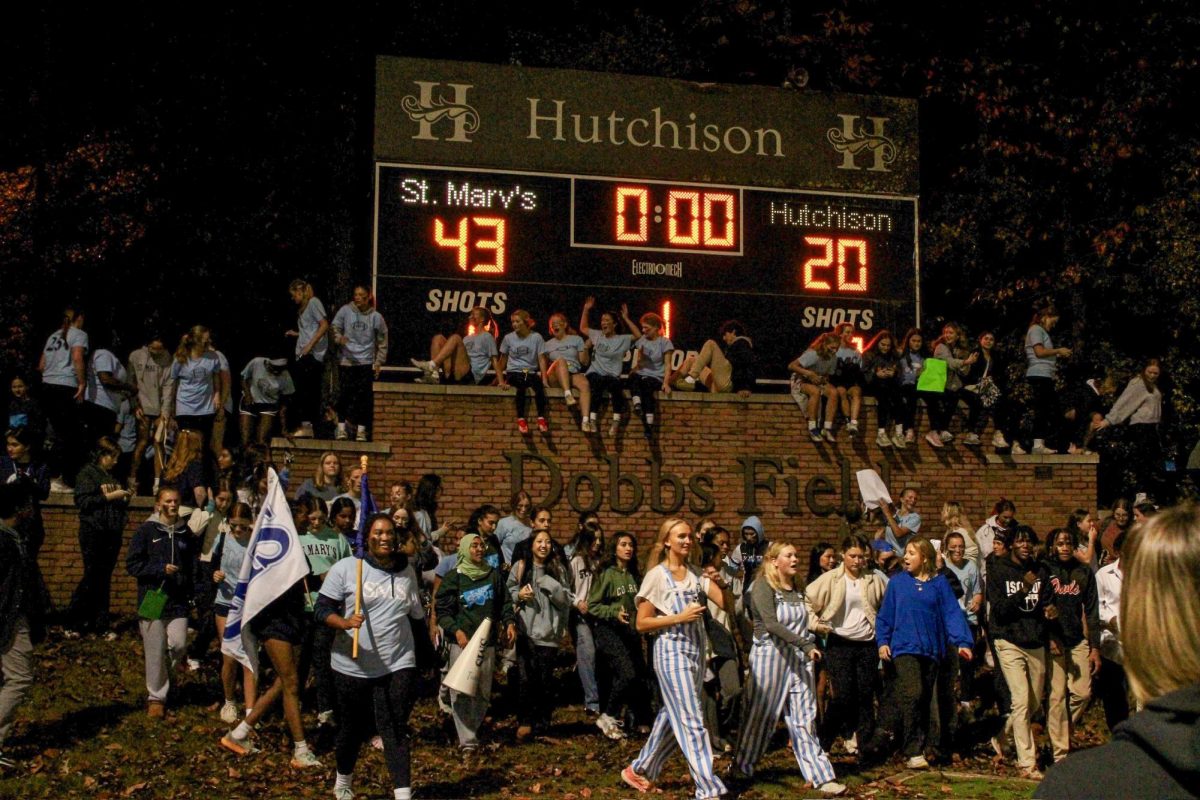

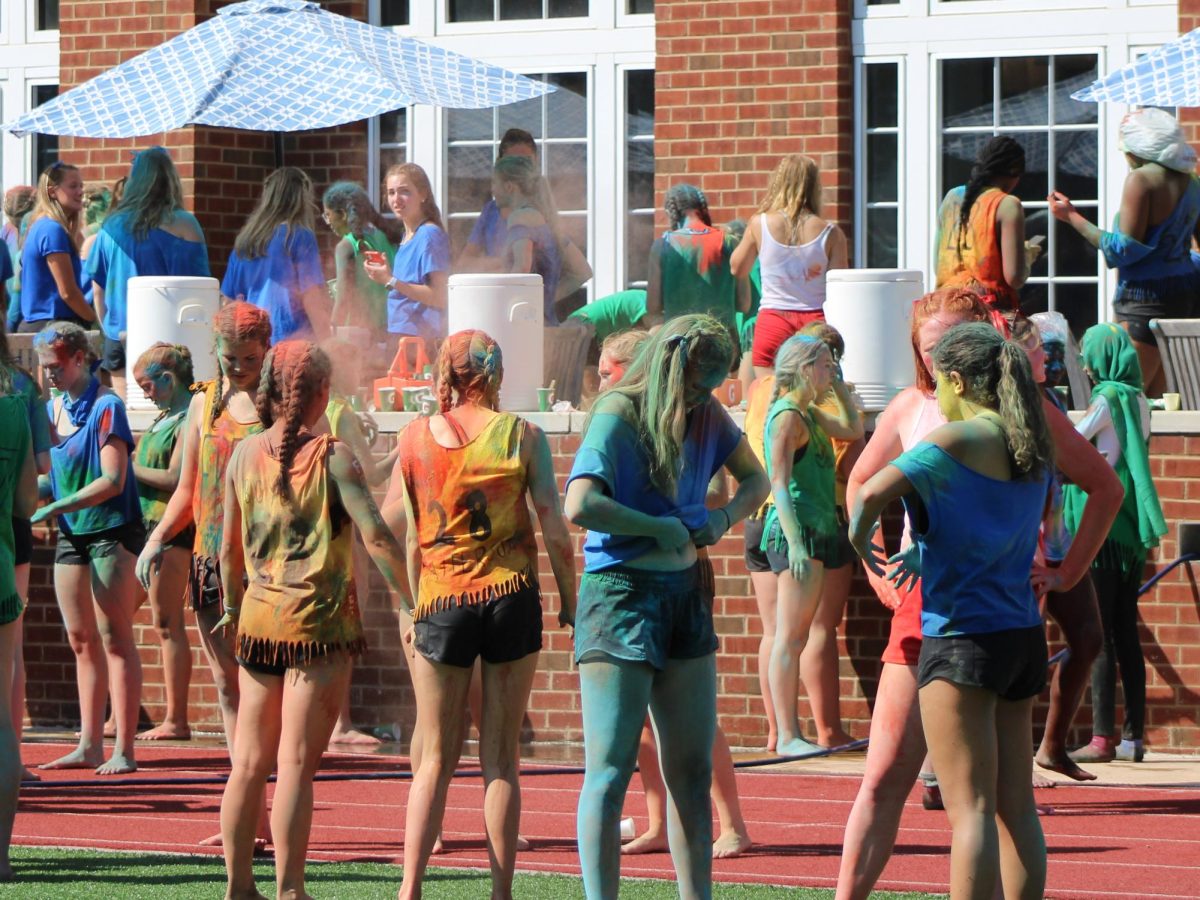
![[GALLERY] Walking in (Downtown) Memphis](https://stmarystatler.org/wp-content/uploads/2024/04/E1DAD3FE-E2CE-486F-8D1D-33D687B1613F_1_105_c.jpeg)
